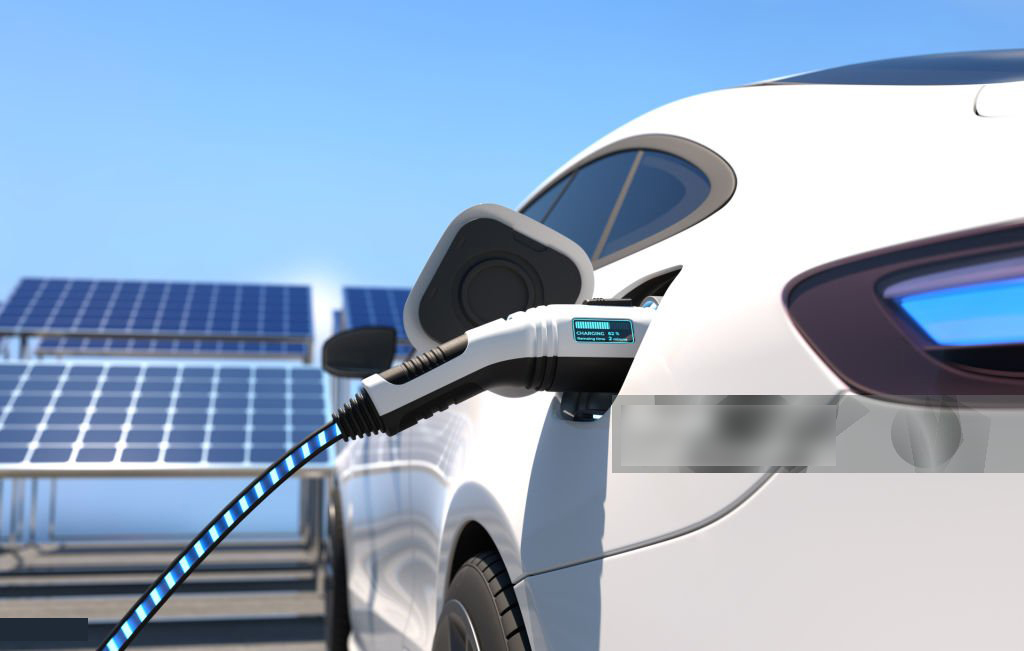The environmental impact of fossil fuels is growing. Electric vehicles offer a cleaner alternative. They can effectively cut greenhouse gas emissions and pollution. This change is vital. It fights climate change and improves city air.
Academic Advances: Battery and drivetrain advances have made electric vehicles better. They are more efficient and powerful. Modern electric vehicles have longer driving ranges. They also have shorter charging times and are more durable. This makes them appeal to more people.
Many countries support the electric vehicle industry. They do this through economic incentives like tax breaks, grants, and subsidies. Also, electric vehicles have lower operating costs. They also have lower maintenance costs than traditional internal combustion engines. This makes them economically attractive throughout their life.
Charging infrastructure is growing. The growth makes owning and driving an electric vehicle more convenient. Public and private investments continue to improve charging stations. This is especially helpful for long trips and city commuting.
The cable’s main function is to safely transfer power from the power source to the vehicle. This is done using a specially designed plug. The plug fits well into the EV charging port. The cable must handle high currents. It must also meet strict safety standards to avoid overheating, shock, or fire.
Tethered cables are used to connect to the charging station. This is convenient and avoids carrying an extra cable. But, they are less flexible. They can’t be used with charging stations that have different connectors.
Portable cables can be carried in the vehicle. They can be used at multiple charging points. Portable cables are versatile and indispensable for EV owners.
Durability and safety are the top concerns. They matter most when choosing the right charging cable for your EV. The cable carries power to the EV’s battery. So, it’s important to choose a cable that can handle daily use and ensure safe charging. Here are the key factors to evaluate whether a charging cable is qualified:
The cable’s material quality directly affects its durability and lifespan. Look for cables made of high-quality materials. These include strong thermoplastic elastomers (TPE) or polyurethanes (PU) for the cable jacket. They have excellent resistance to abrasion, heat, and the environment.
The rated current, also called amperage, of a charging cable is the amount of current it can handle. A higher rated current enables faster charging.
The connectors are critical. They are on both ends of the charging cable. They are key to a safe and reliable connection. It’s between the electric vehicle and the charging station. Check that the connectors are strong and aligned. They should have a secure lock. It will prevent accidental disconnection or damage during charging.
The cable must meet safety standards and certifications. These include UL, CE, or TÜV. They show that the cable passed tough tests and meets strict safety rules. These rules cover conductivity, insulation, and strength. Choosing a certified charging cable can ensure its safety and reliability in use.
Danyang Winpower has the International Charging Pile Certificate (CQC). They also have the Charging Pile Cable Certificate (IEC 62893, EN 50620). In the future, Danyang Winpower will provide many storage and charging solutions. They will be for optical use.
Post time: Jun-27-2024

